Wondering whether the trap bar deadlift vs regular deadlift is better for your fitness goals? This article explores their key differences, benefits, and muscle activation to help you make an informed choice.
Key Takeaways
-
The trap bar deadlift offers a more ergonomic lifting position, reducing lower back strain, while the regular deadlift emphasizes the posterior chain and is key for powerlifting.
-
Muscle activation differs between the two: trap bar deadlifts focus on the quadriceps with a half-squat movement pattern, while regular deadlifts target the hamstrings and spinal erectors.
-
Choosing between the two depends on individual goals; incorporating both into your routine can enhance strength and prevent injuries.
Key Differences Between Trap Bar Deadlift and Regular Deadlift

The most striking difference between the trap bar deadlift and the regular deadlift lies in the equipment itself. The trap bar, also known as the hex bars, has a hexagonal design that surrounds the lifter’s body, allowing them to stand in the center and grip the handles at their sides. In contrast, the regular deadlift uses a straight barbell, which the lifter grips with an overhand or mixed grip in front of their body. The hex bar deadlift offers a unique variation that can enhance the lifting experience.
This fundamental design difference significantly impacts the lifting mechanics and the muscle groups targeted. The trap bar deadlift typically results in greater peak force and power output due to its more ergonomic lifting position. It incorporates a half-squat movement pattern, which differs from the conventional hip hinge of the regular deadlift. This difference in mechanics can lead to variations in how the body engages muscles and handles the load.
Moreover, the trap bar deadlift allows for a more upright torso position, reducing the strain on the lower back. This can be particularly beneficial for those with lower back issues or beginners who might struggle with maintaining a neutral spine during a regular deadlift.
On the other hand, regular deadlifts often require more knee extension and can alter muscle activation patterns in the posterior chain.
Muscle Activation and Targeted Areas
Muscle activation varies significantly between the trap bar deadlift and the regular deadlift, primarily due to their distinct lifting mechanics. The trap bar deadlift emphasizes the quadriceps more than regular deadlifts, thanks to its half-squat movement pattern. This variation allows for a more upright torso position, effectively engaging the quads. If your goal is to develop stronger, more defined thighs, the trap bar deadlift could be your go-to exercise.
In contrast, conventional deadlifts require significantly higher activation of the hamstrings and spinal erectors. The hip hinge pattern of the regular deadlift places a greater load on the back and hip extensors, making it a preferred choice for those looking to strengthen their posterior chain. This makes the regular deadlift a powerful tool for overall lower body development and back muscle engagement.
Both deadlift variations have similar joint ranges at the knee and hip, but the demands on the hip extensors differ. The trap bar deadlift reduces the load on the back and hamstrings, placing more emphasis on the thighs. This distribution makes it a safer alternative for individuals with lower back concerns while still providing a comprehensive lower body workout.
Benefits of Trap Bar Deadlifts

Trap bar deadlifts offer several unique benefits, making them a valuable addition to any strength training routine. One of the most significant advantages is the reduced risk of spinal flexion, especially as fatigue sets in. The trap bar’s design allows for a more upright torso position, which helps maintain better posture and reduces strain on the lower back. This makes the trap bar deadlift benefits a safer alternative for heavy lifts.
For beginners, the trap bar deadlift is particularly advantageous due to its simpler mechanics. The shape of the trap bar helps avoid shins getting in the way, making it easier to maintain balance and proper form. Additionally, the neutral grip used in trap bar deadlifts eliminates the need for a mixed grip, which can lead to muscle imbalances and strain on the shoulders and wrists.
Another notable benefit is the flexibility in lifting styles. The trap bar allows for either a hip-dominant or more quad-focused approach, catering to different training goals. For individuals with limited hip range of motion, using high handles on trap bars can help maintain proper spinal alignment while accommodating their flexibility constraints.
Overall, the trap bar deadlift’s design and mechanics offer a safer, more versatile lifting experience.
Benefits of Regular Deadlifts

The regular deadlift, often referred to as the conventional deadlift, is a powerhouse for building overall muscle strength. It is a cornerstone of effective strength training, engaging multiple muscle groups simultaneously and enhancing overall muscle strength. This makes it an essential exercise for anyone looking to increase their power and build a robust, well-rounded physique.
In the realm of powerlifting, the regular deadlift holds a place of high importance. It is the standard equipment used in competitions, making it an indispensable exercise for powerlifters. Mastering the regular deadlift is crucial for those aiming to compete or achieve significant strength milestones.
Its emphasis on the posterior chain and back muscles also makes it an excellent exercise for improving overall athletic performance.
Form and Technique
Proper form and technique are crucial for both trap bar and regular deadlifts to maximize benefits and minimize the risk of injury. The successful execution of deadlifts begins with a proper setup. For both lifts, this involves bending down and grasping the handles appropriately. In the case of the trap bar deadlift, using the correct handle height is essential for maintaining proper spine alignment.
Maintaining a neutral spine position throughout the lift is critical to avoid injury. For the trap bar deadlift, the more vertical torso position promotes better posture. It’s important to contract your core to prevent rounding your back during the lift. When initiating the trap bar deadlift, push through the heels to engage the legs and maintain balance. A helpful cue is to imagine pulling the bar up while keeping the elbows locked.
In the regular deadlift, maintaining an upright chest and neutral spine is crucial. The conventional deadlift requires a more pronounced hip hinge, placing greater emphasis on the posterior chain. Lifters should focus on maintaining a straight line from head to hips to ensure proper form and prevent injury.
By adhering to these techniques and cues, lifters can perform both deadlift variations safely and effectively.
Grip Variations
Grip variations play a significant role in deadlifts, impacting both performance and safety. In trap bar deadlifts, a neutral grip is used, with the lifter’s palms facing inward. This grip is more ergonomic and reduces the strain on the shoulders and wrists. It also requires less grip strength compared to regular deadlifts, reducing fatigue and allowing for heavier lifts.
In contrast, regular deadlifts commonly use a mixed grip, where one hand is overhand, and the other is underhand. While this grip can help prevent the bar from rolling out of the hands, it can also cause muscle imbalances and increase the risk of bicep tears. The mixed grip can lead to the weight shifting off-center, potentially affecting performance and increasing the risk of injury.
The weight positioning in trap bar deadlifts is closer to the center of gravity, allowing for more stable and safer lifts. This design enables lifters to maintain a more balanced and controlled movement, which is particularly beneficial when lifting more weight. Understanding the benefits and drawbacks of each grip variation can help lifters make informed decisions that enhance their performance and reduce the risk of injury.
Load and Weight Distribution
Load and weight distribution are crucial factors that differentiate trap bar deadlifts from regular deadlifts. Most people find they can deadlift slightly more with a trap bar due to its design. The trap bar’s unique shape allows for greater loading potential, enabling lifters to handle heavier weights. This is because the weight is distributed evenly around the lifter, enhancing stability and reducing the strain on the lower back.
In regular deadlifts, the weight is fully in front of the lifter, which can create a greater challenge for maintaining balance and proper form. The trap bar deadlift’s design allows for a more vertical torso position, which can lead to better weight management and a safer lifting experience. This makes the trap bar deadlift an excellent choice for those aiming to lift heavier weights while minimizing the risk of injury.
The ability to maintain a more upright torso in trap bar deadlifts can also lead to higher power output and better overall athletic performance. By understanding how load and weight distribution affect each deadlift variation, lifters can choose the most suitable option for their strength training goals.
Choosing the Right Deadlift for Your Goals

Choosing between the trap bar deadlift and the regular deadlift depends on various factors, including personal preference, body type, and fitness goals. For those focused on athletic performance, the trap bar deadlift may offer a more direct carryover due to its design and mechanics. On the other hand, if powerlifting competitions are your goal, mastering the regular deadlift is essential.
The debate between the trap bar and the standard barbell for deadlifts continues, with each having unique advantages depending on the user’s goals. If you have limited space and can only have one bar in your home gym, consider the overall versatility of the bar. The trap bar allows for a more varied lifting approach, while the straight bar is indispensable for powerlifting and overall muscle strength enhancement. When the trap bar compared to the standard barbell, the differences in lifting technique become evident.
Ultimately, there is no definitive answer to which deadlift style is better, as it often comes down to individual needs and preferences. Trying both styles for several weeks can help identify the more effective one for your strength and fitness goals. By considering these factors, you can make an informed decision that aligns with your personal objectives and enhances your training routine.
Common Mistakes to Avoid
Even experienced lifters can fall prey to common mistakes when performing the straight bar deadlift. One frequent error is an incorrect bar path, which should be kept as vertical as possible to prevent undue stress on the body. Lifters should focus on maintaining a straight line from the start to the end of the lift to ensure proper form and efficiency when doing straight bar deadlifts.
Another common mistake is improper head positioning. Looking down or staring into a mirror can lead to misalignment and increase the risk of injury. Lifters should maintain a neutral head position, looking forward or slightly downward to keep the spine aligned.
By being aware of these common mistakes and taking steps to avoid them, lifters can perform deadlifts more safely and effectively.
Integrating Both Deadlifts into Your Routine
Incorporating both trap bar and regular deadlifts into your training routine can provide a balanced approach to strength development. By blending the unique benefits of each variation, you can enhance overall strength and muscle activation while protecting your lower back. Alternating between trap bar and barbell deadlifts can target different muscle activation patterns, reducing the risk of overuse injuries.
Testing each deadlift stance for several weeks can help identify the more effective style for your individual strength and fitness goals. Switching grip styles can also enhance overall grip strength and prevent overuse injuries. The trap bar deadlift can promote higher power and velocity during lifts compared to conventional deadlifts, making it a valuable addition to any routine.
Just as choosing the right car involves test-driving different models, finding the right deadlift style involves trying out different variations to see which one fits your needs best. By integrating both types of deadlifts into your routine, you can achieve a well-rounded and effective strength training program.
Summary
In summary, both the trap bar deadlift and the regular deadlift offer unique benefits and challenges, making them valuable additions to any strength training routine. The trap bar deadlift provides a safer, more versatile lifting experience, particularly beneficial for beginners and those with lower back concerns. On the other hand, the regular deadlift is essential for powerlifting and overall muscle strength enhancement.
Ultimately, the choice between the two comes down to personal preferences, fitness goals, and individual needs. By understanding the key differences, benefits, and proper techniques of each variation, you can make an informed decision that aligns with your objectives. Embrace the journey of discovering what works best for you, and enjoy the gains that come with mastering both styles of deadlifts.
Frequently Asked Questions
Which deadlift is better for beginners?
The trap bar deadlift is the better choice for beginners because its simpler mechanics and neutral grip help reduce the risk of lower back strain, making it easier to keep good form. Give it a try!
Can I lift heavier weights with a trap bar deadlift compared to a regular deadlift?
Absolutely, you can typically lift heavier weights with a trap bar deadlift. Its design offers better weight distribution and stability, making it easier for many people to handle larger loads.
What are the main muscle groups targeted by trap bar deadlifts?
Trap bar deadlifts mainly focus on your quadriceps, but they also work your glutes, hamstrings, and lower back. So, you're getting a solid full-body workout while emphasizing leg strength!
Why are regular deadlifts important for powerlifting?
Regular deadlifts are vital for powerlifting as they build foundational strength and are the standard lift in competitions. Mastering them boosts your overall performance and muscle power.
How can I avoid common deadlifting mistakes?
To steer clear of common deadlifting mistakes, keep the bar path vertical and maintain a neutral spine. Pay attention to your grip and posture to enhance your form and prevent injuries.

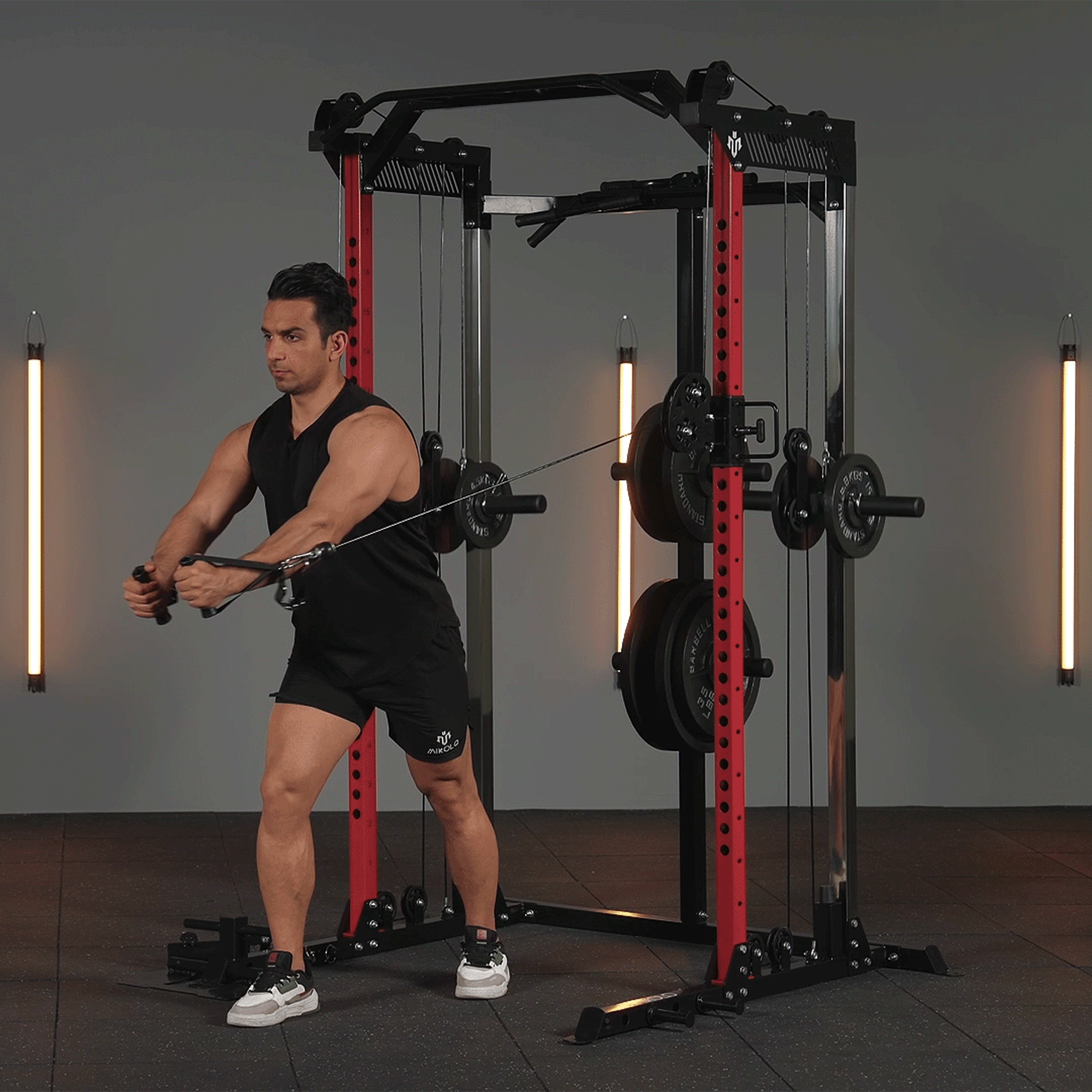




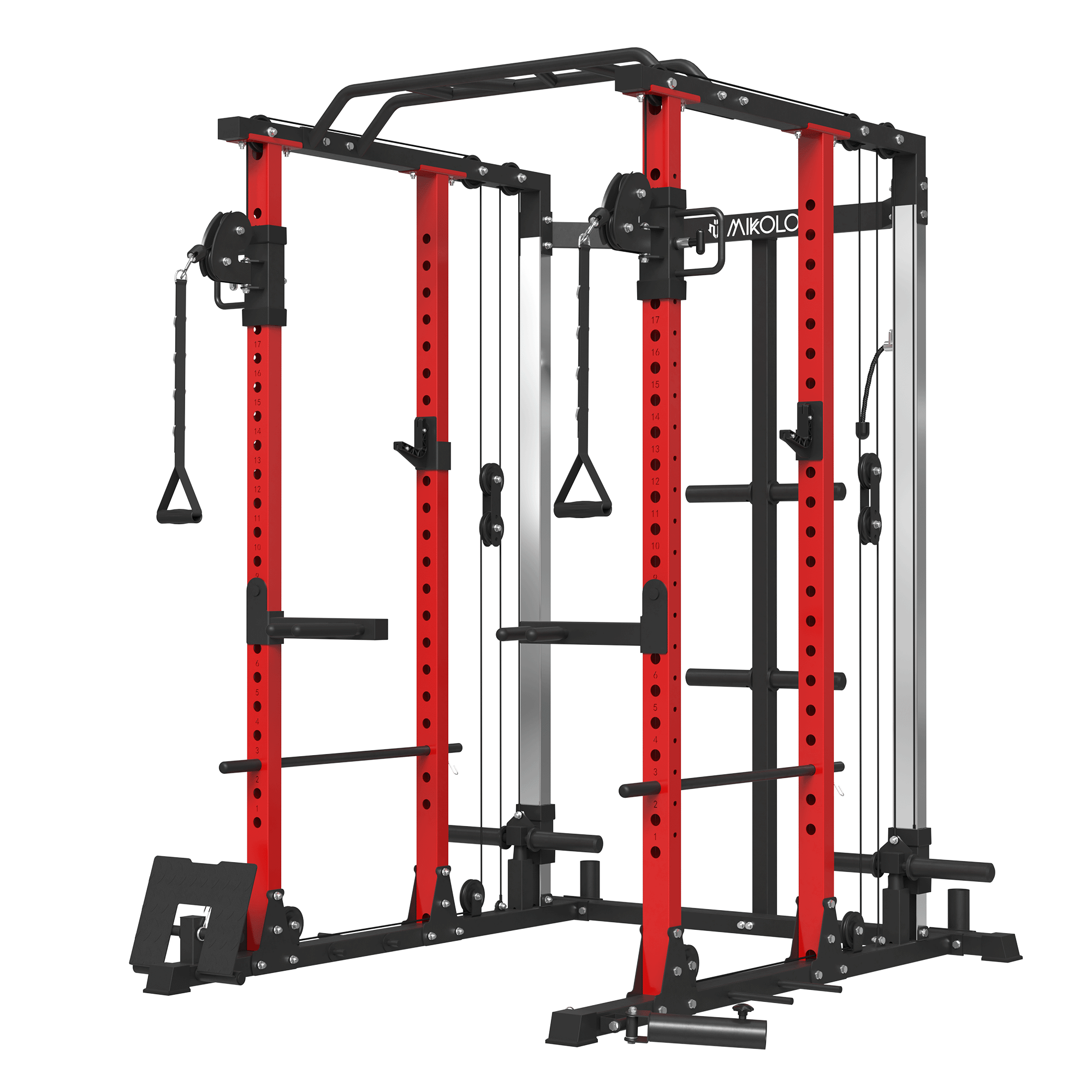



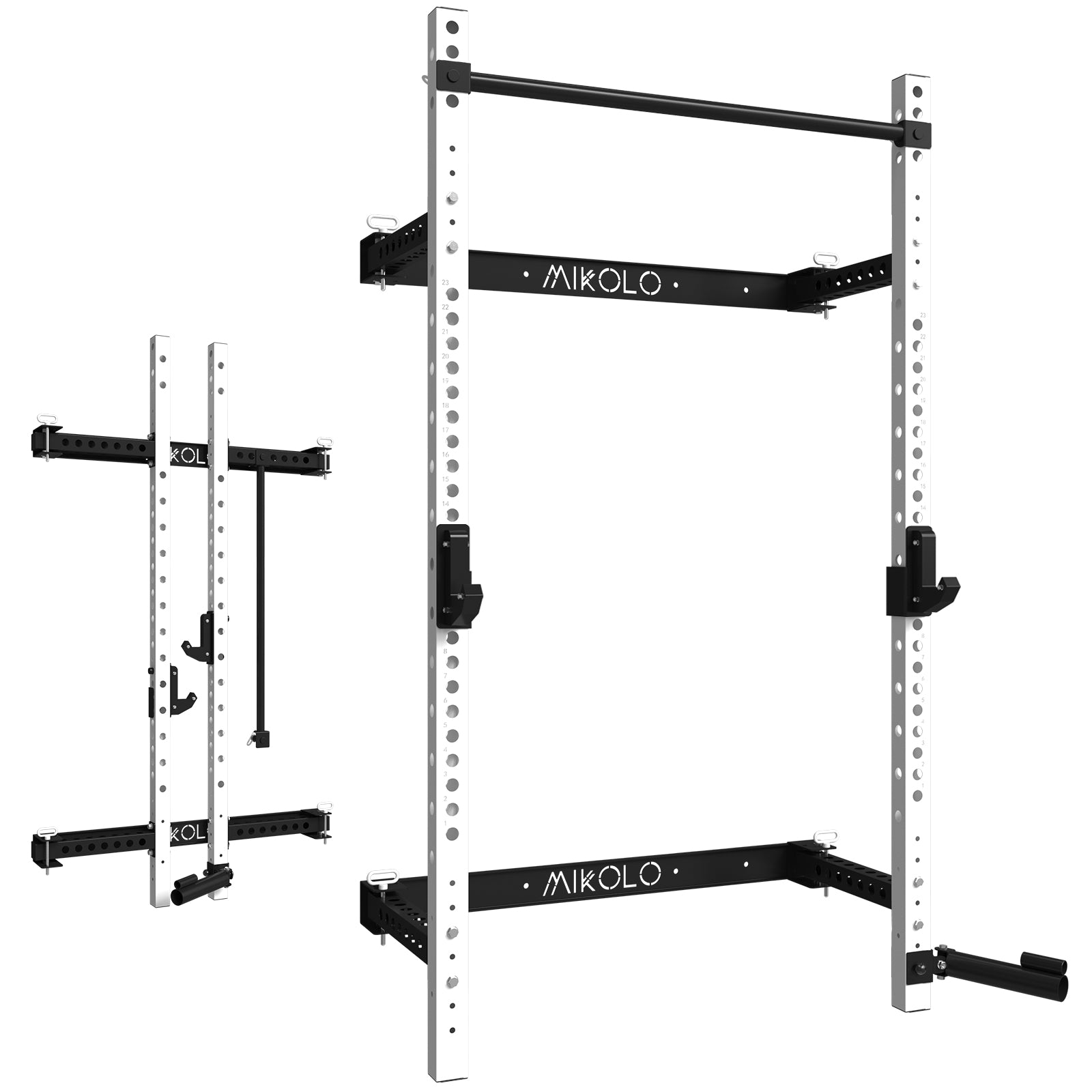
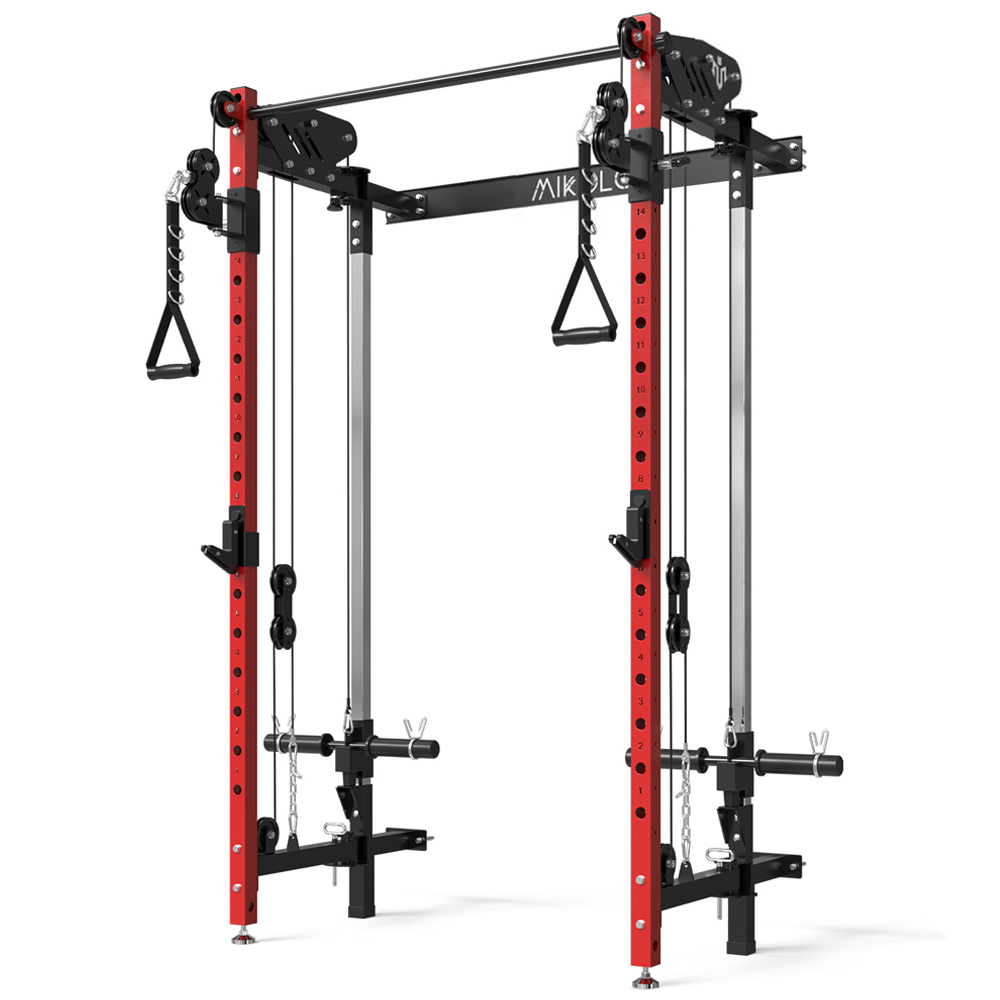
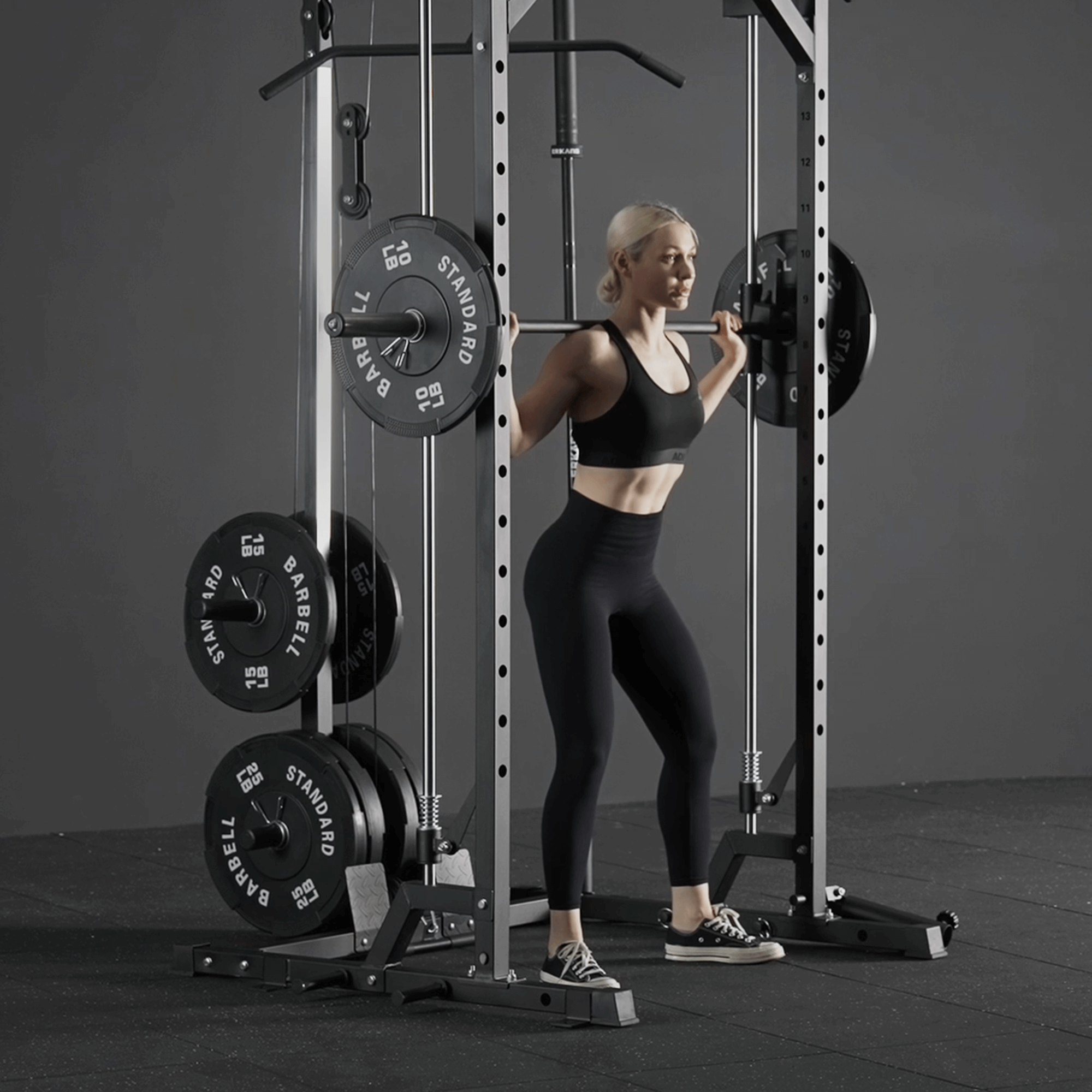





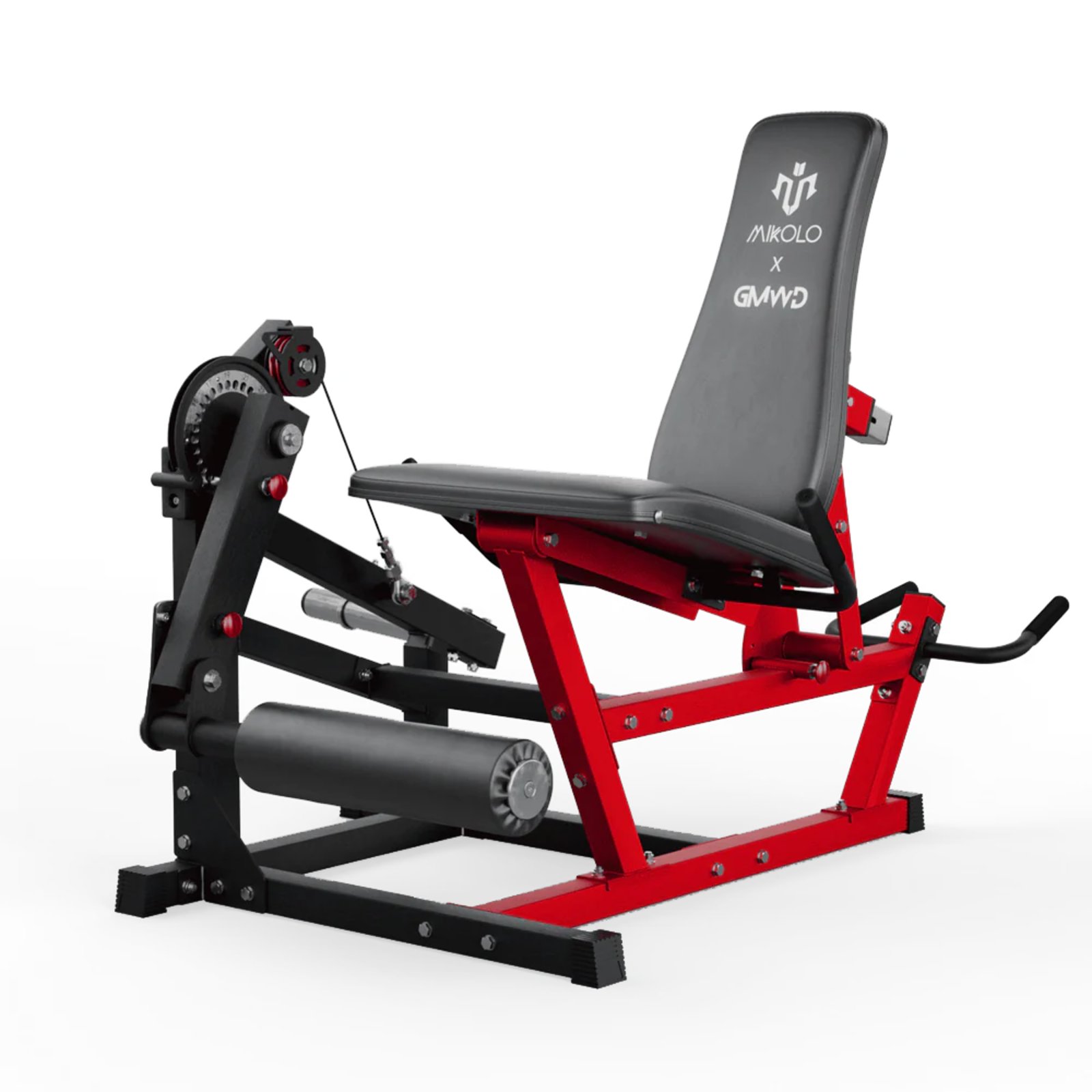
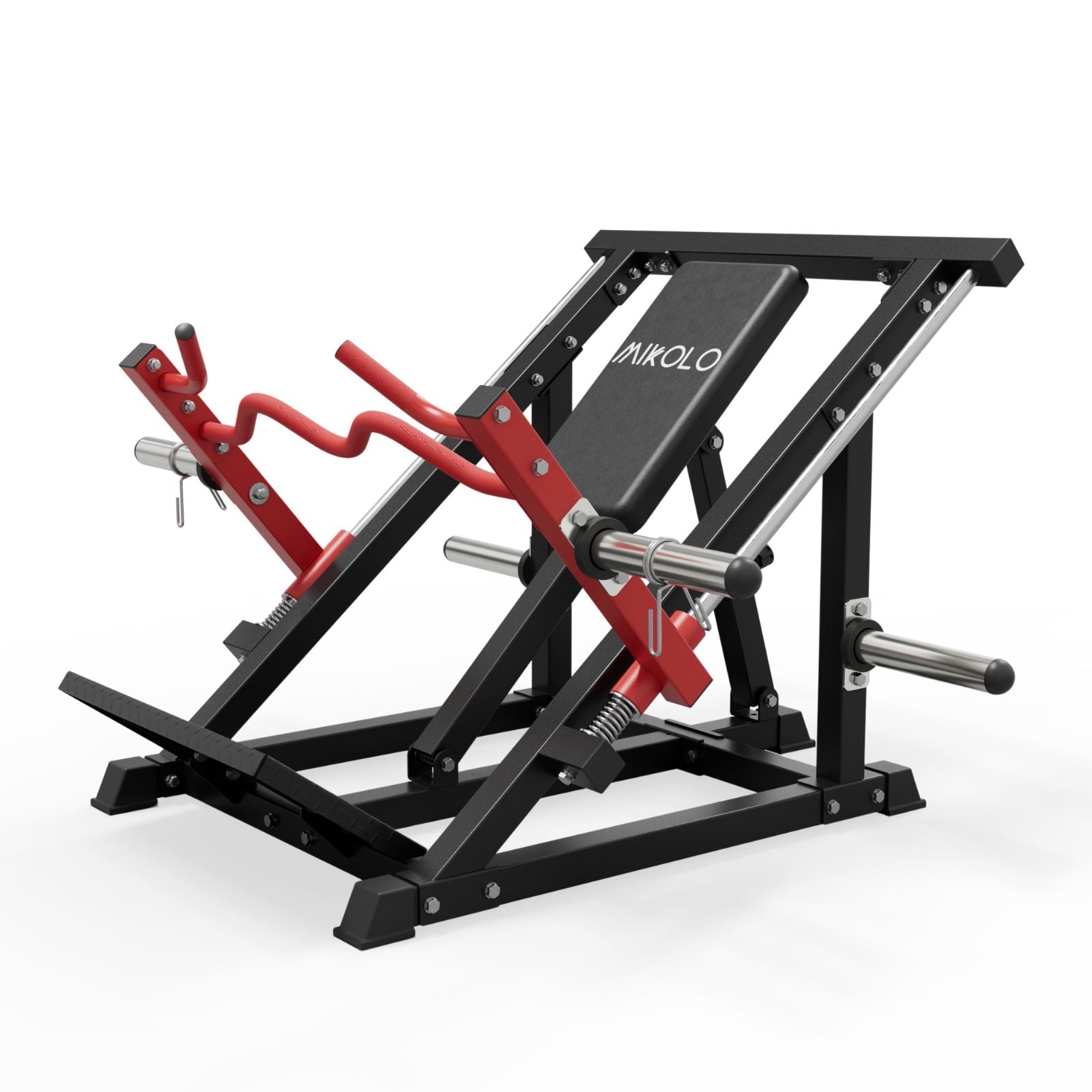
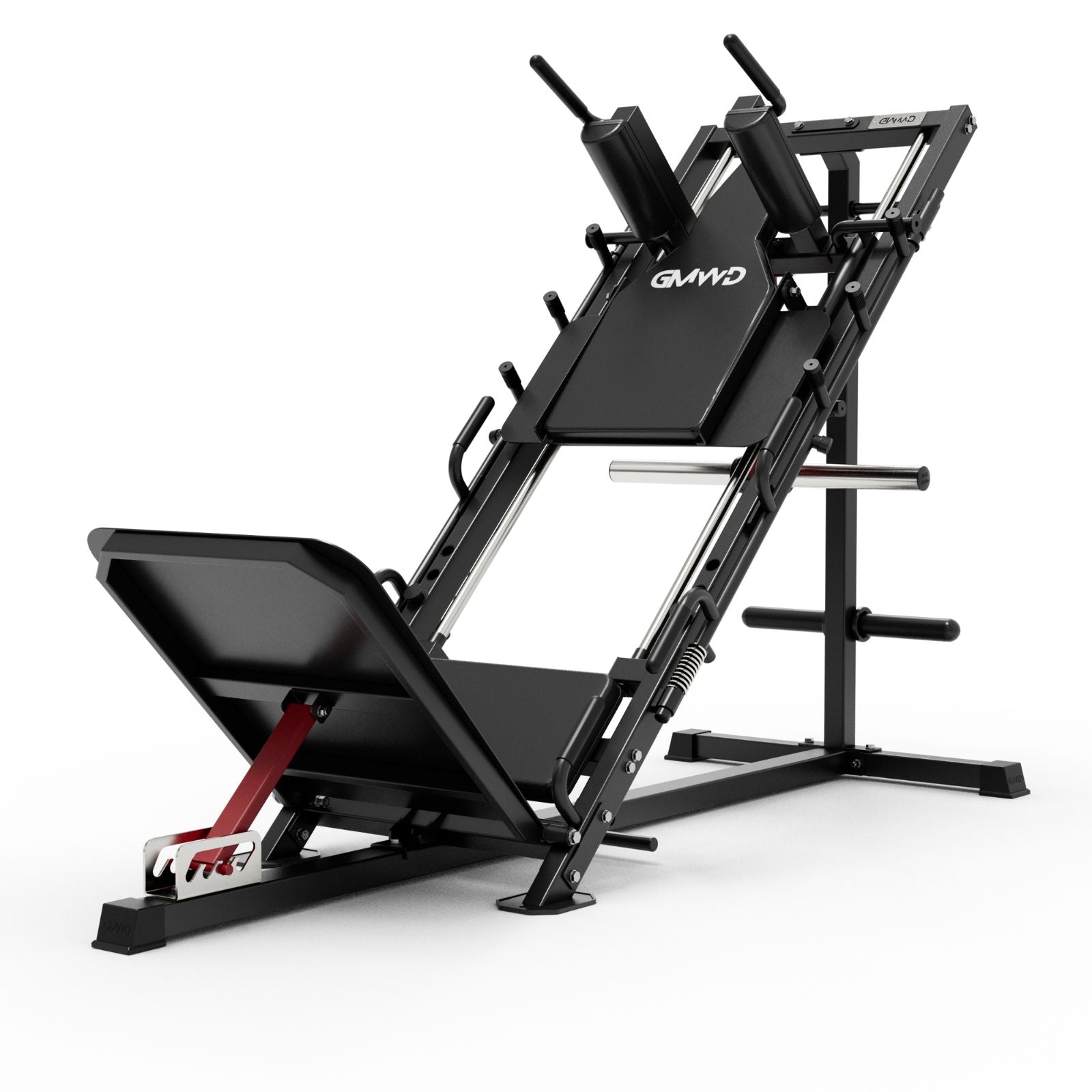
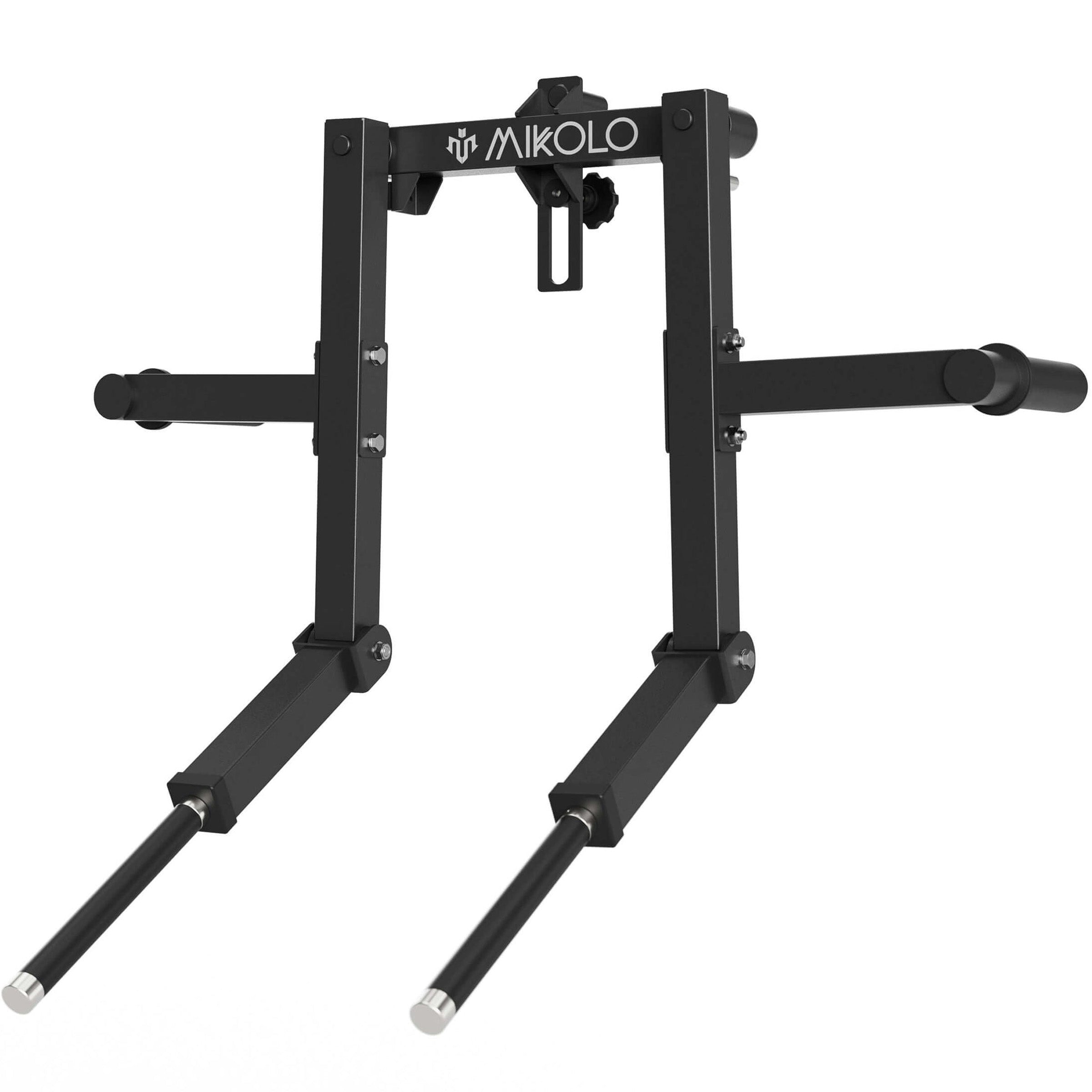
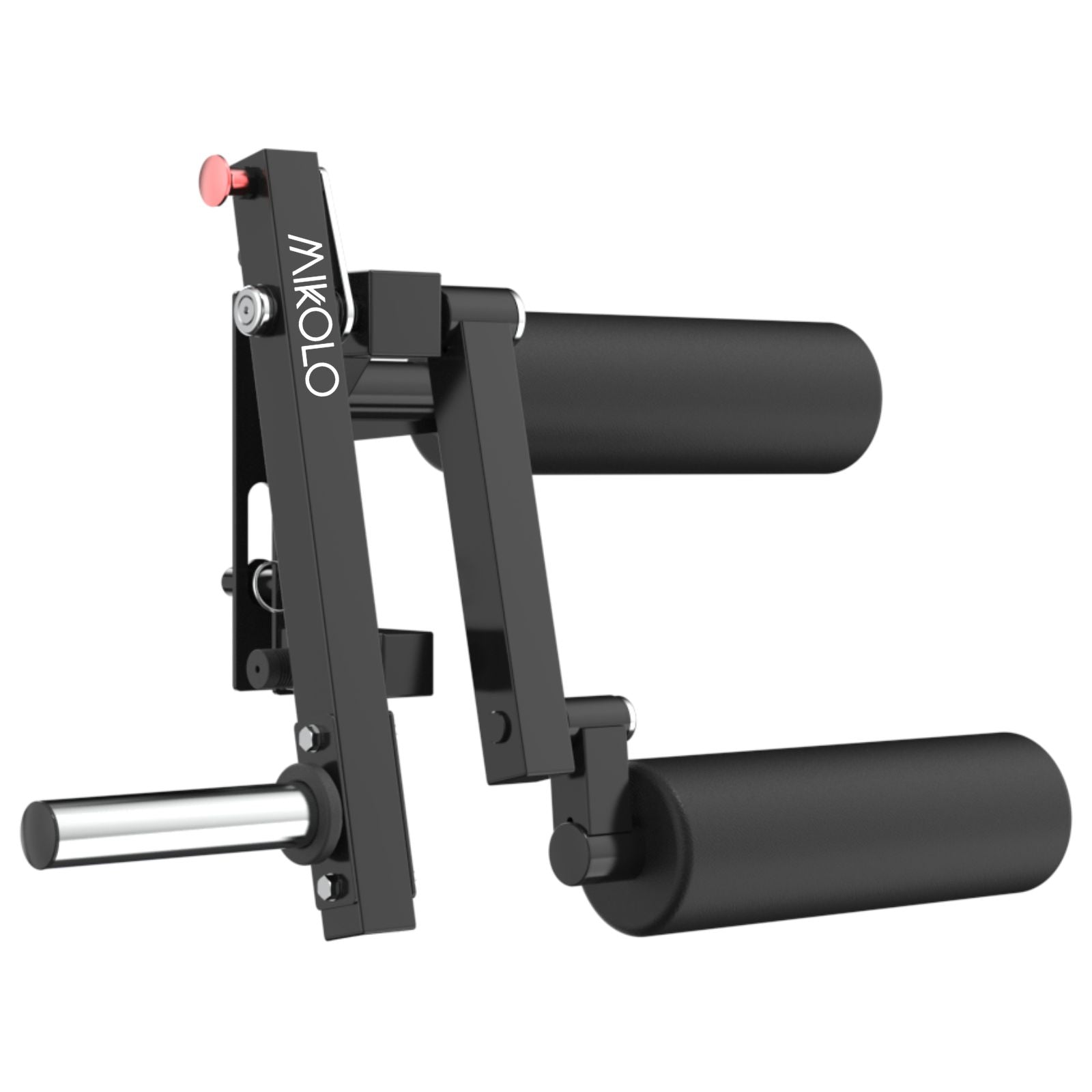



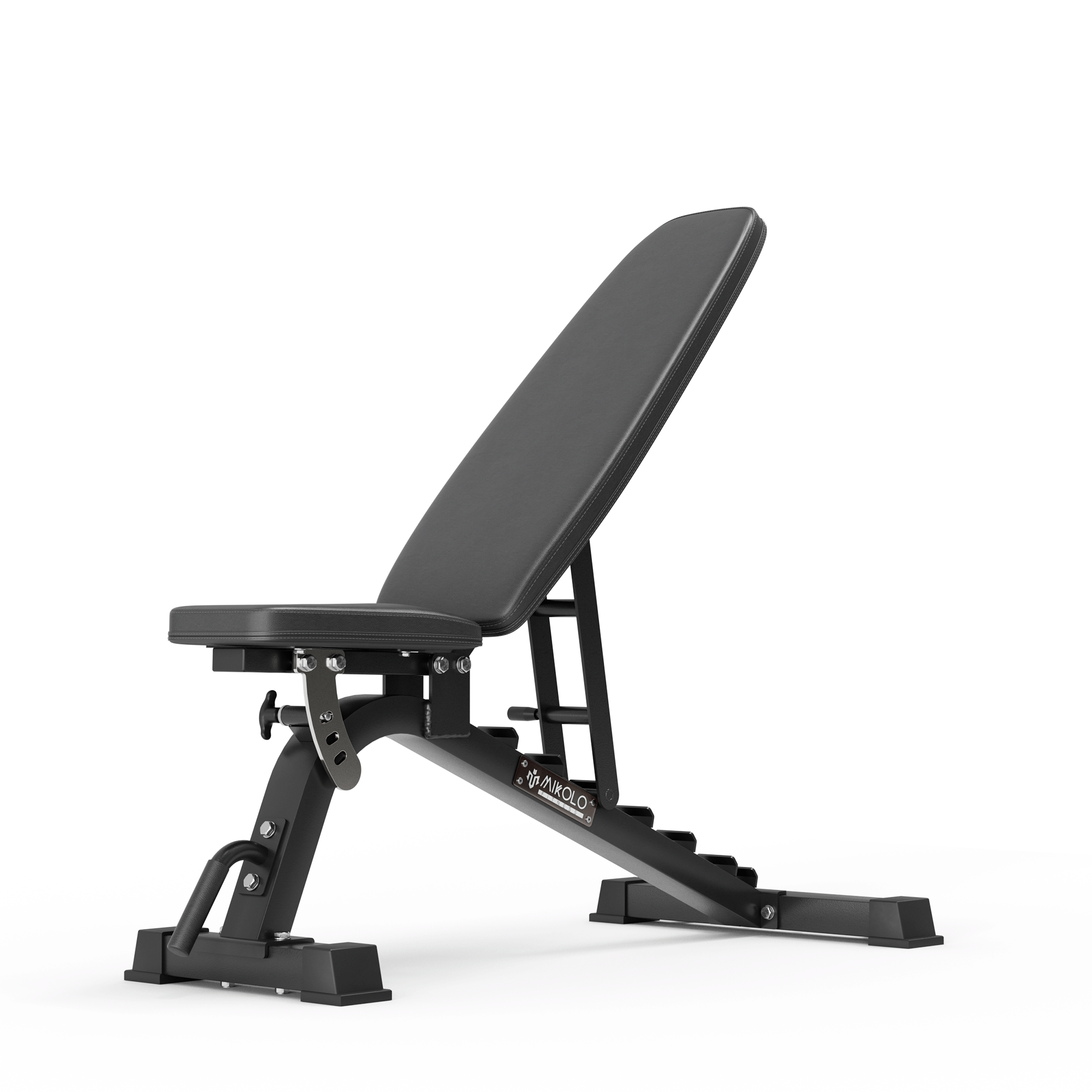

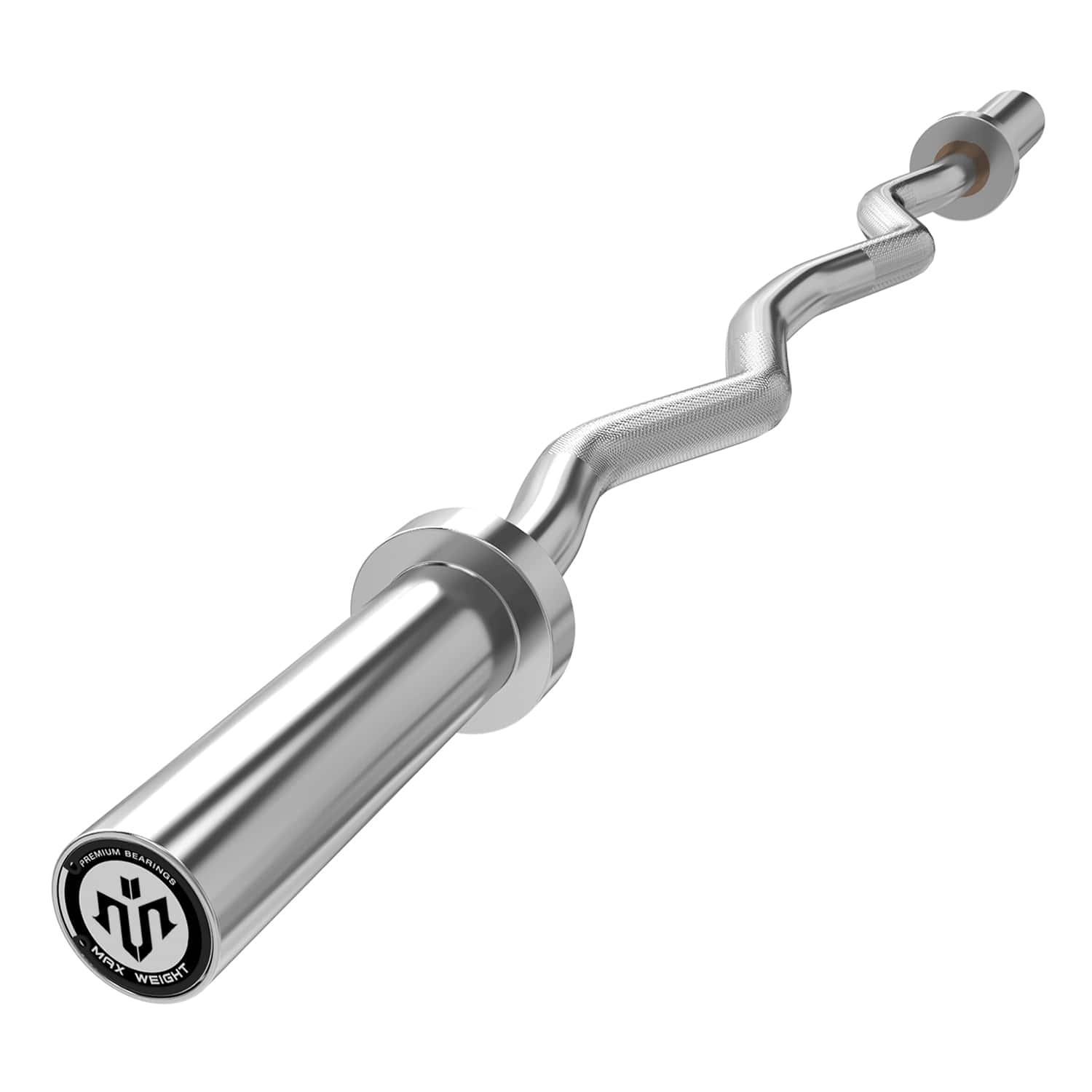
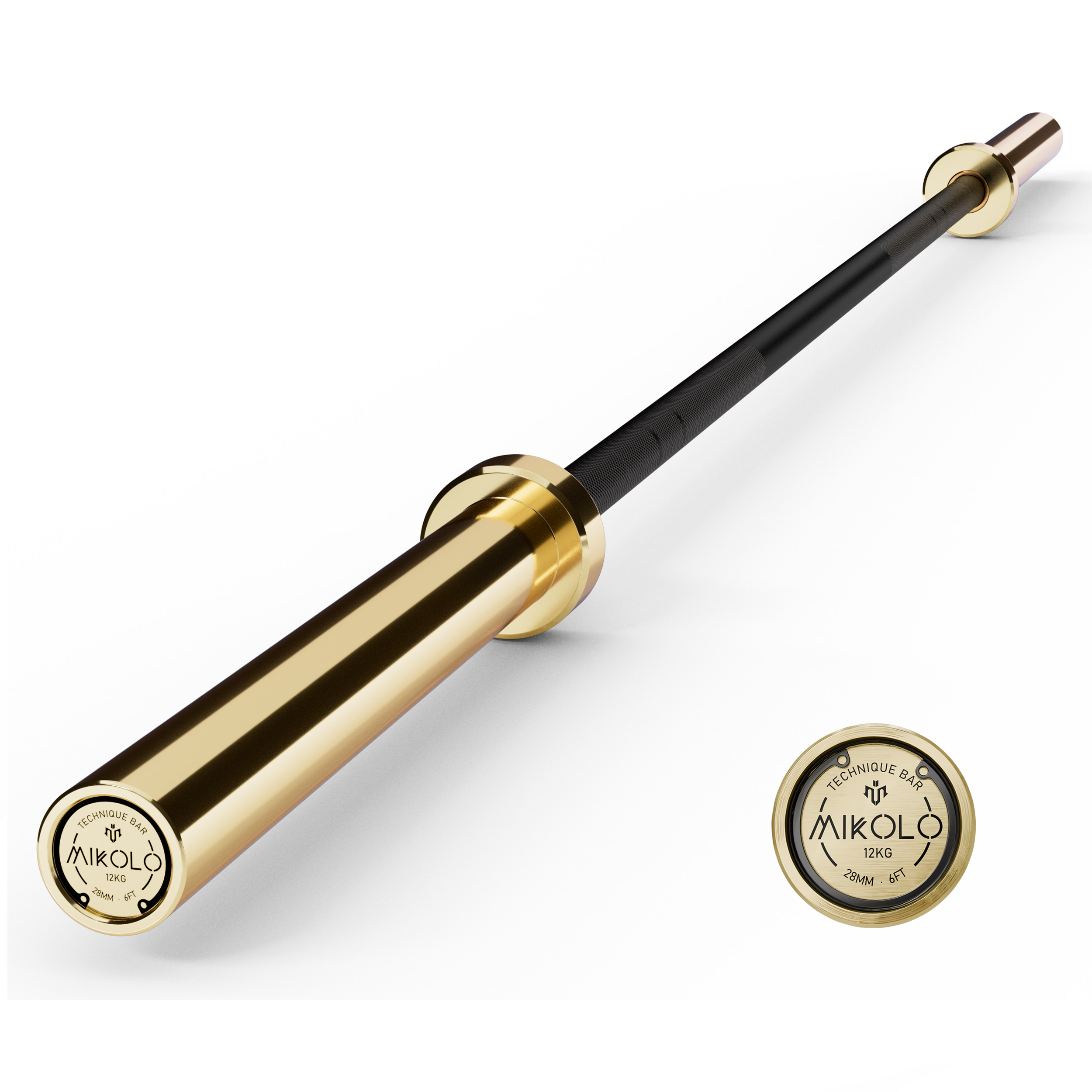


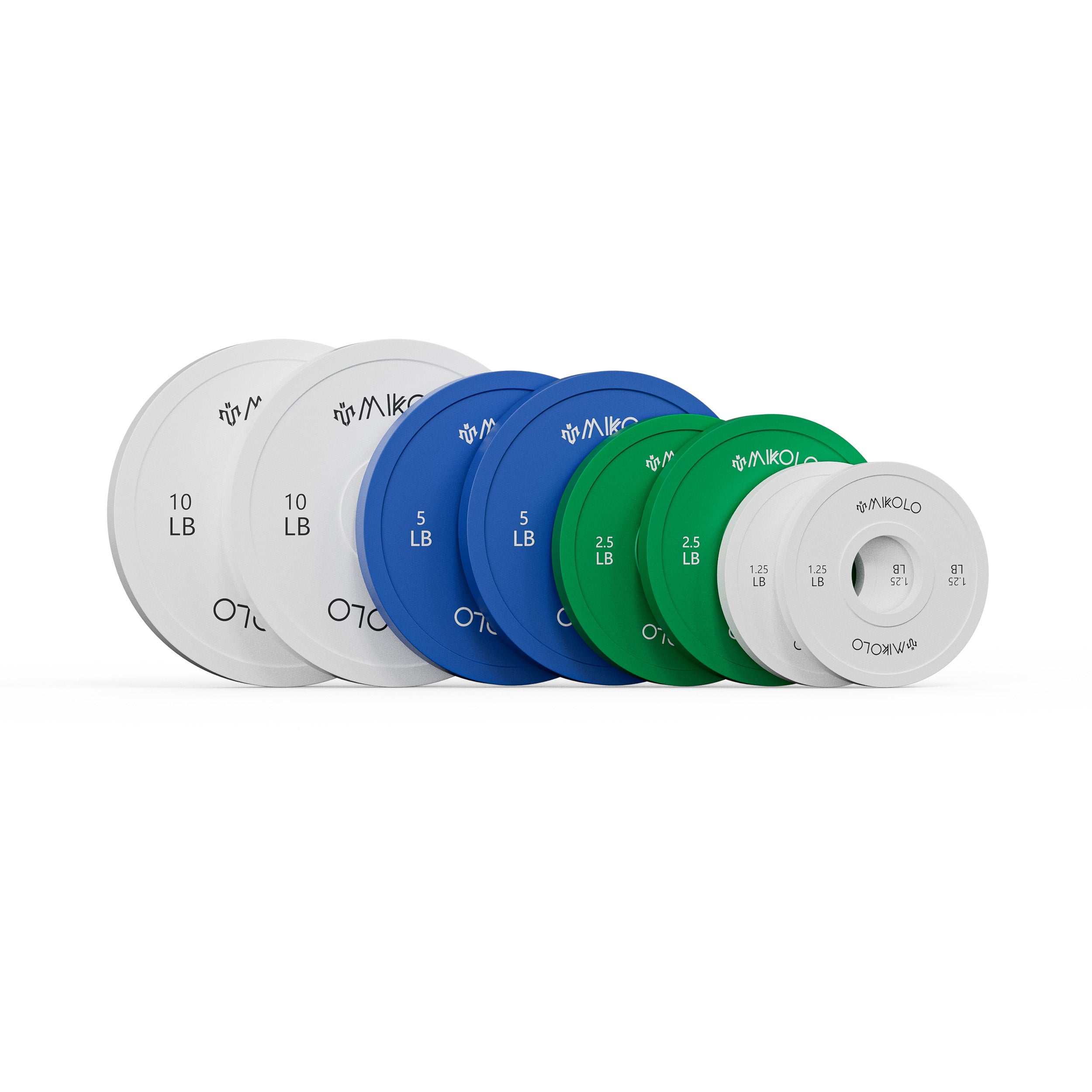



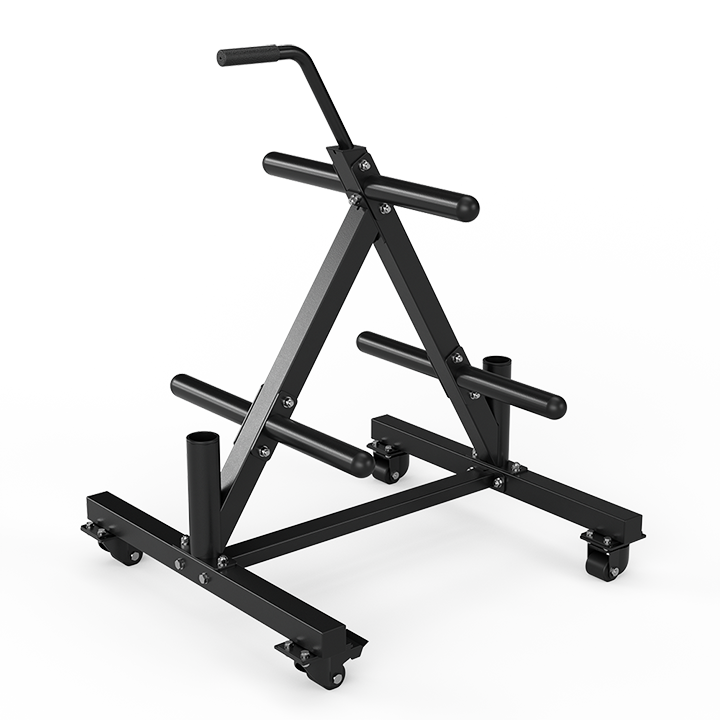
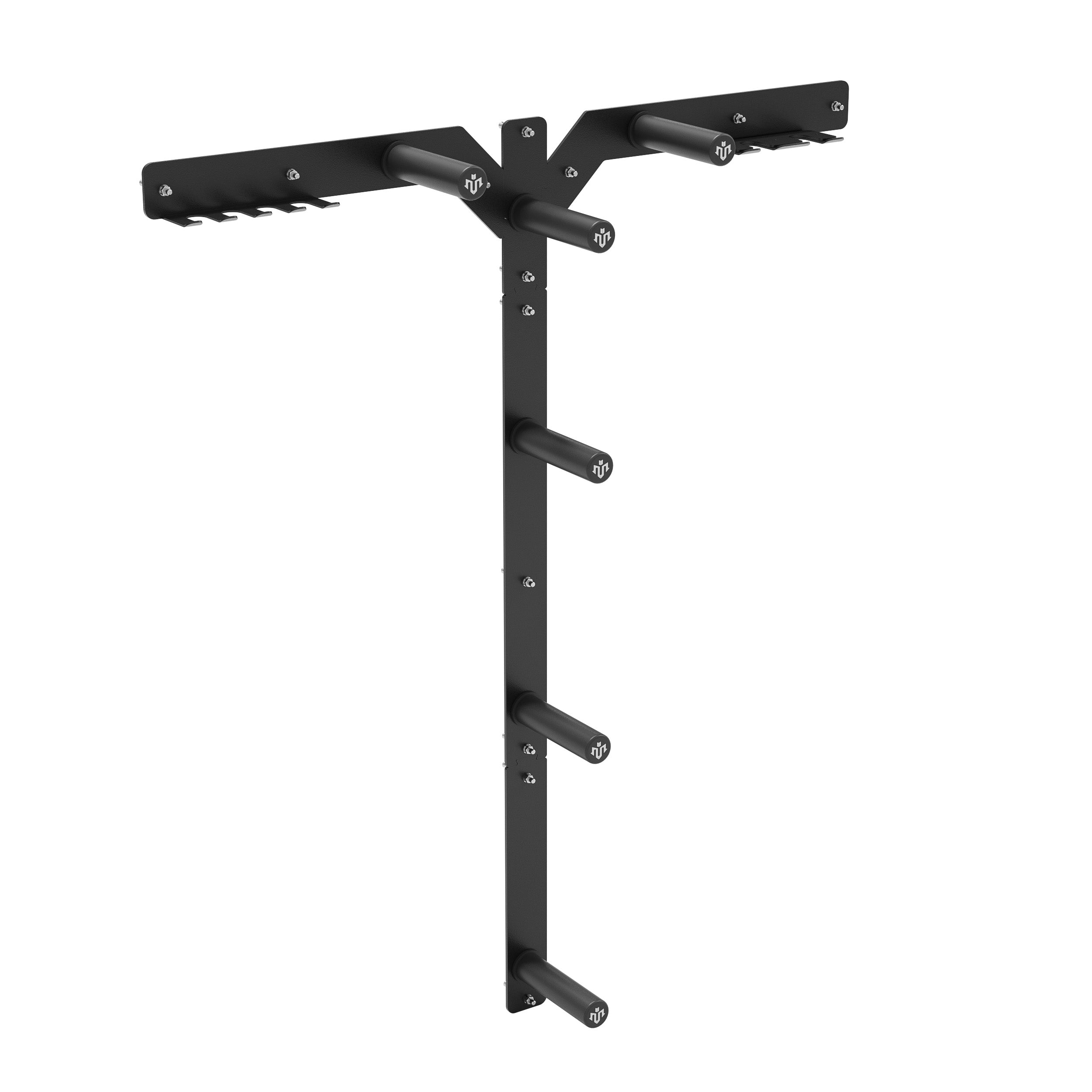
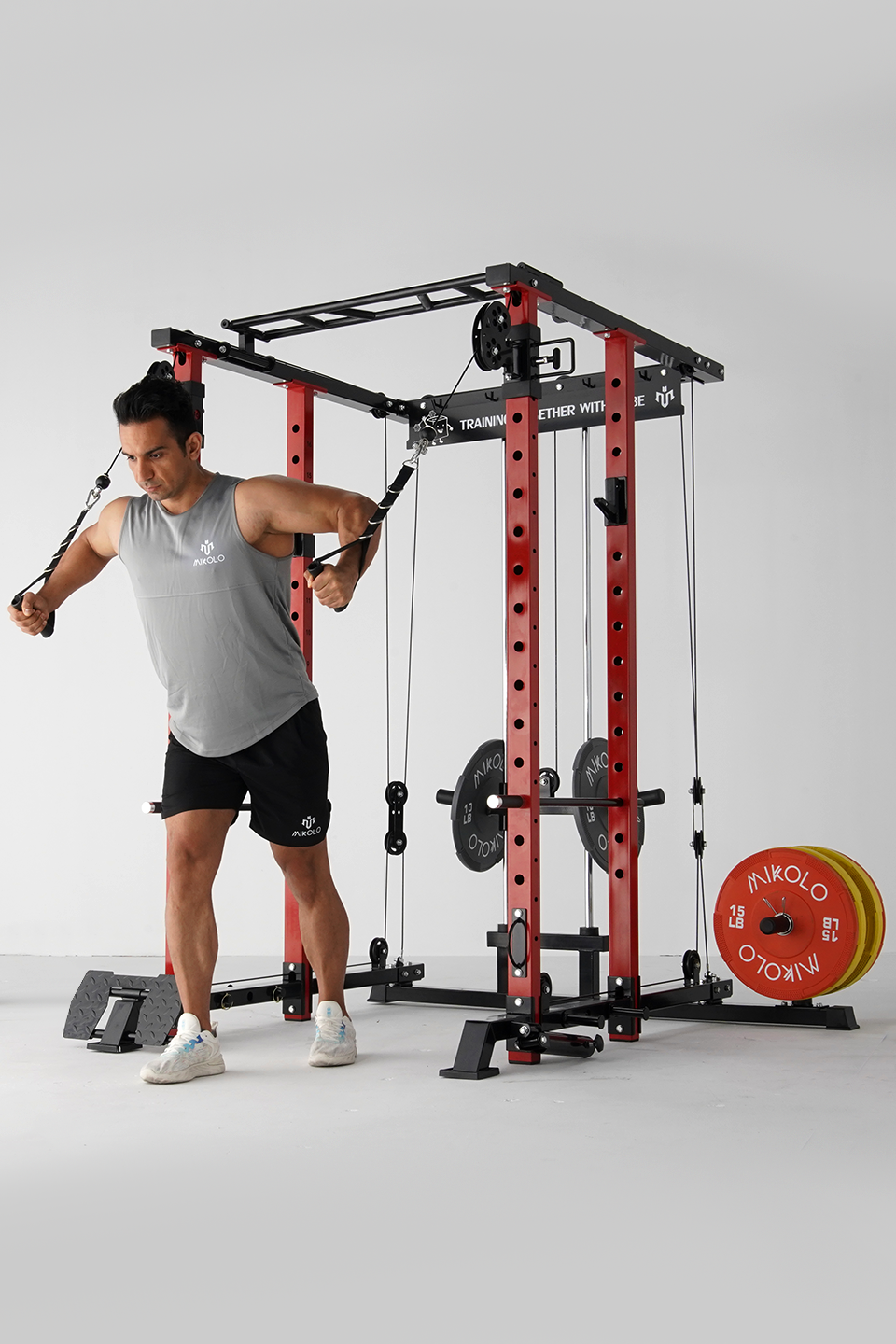



Leave a comment
This site is protected by hCaptcha and the hCaptcha Privacy Policy and Terms of Service apply.